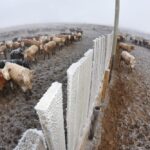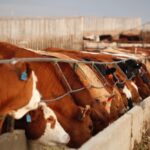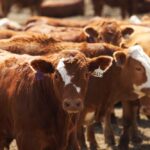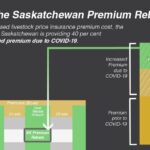Compared to last week, prices for western Canadian yearlings weighing over 900 lbs. were down $4-$8 on average; yearlings weighing between 800-900 lbs. were down $2-$4; calves under 800 lbs. […] Read more
1.

'Is there no grain in this country?'


Program to help offset costs from 'extraordinary feed period'







Rebate to offset premium prices, if above pre-COVID levels